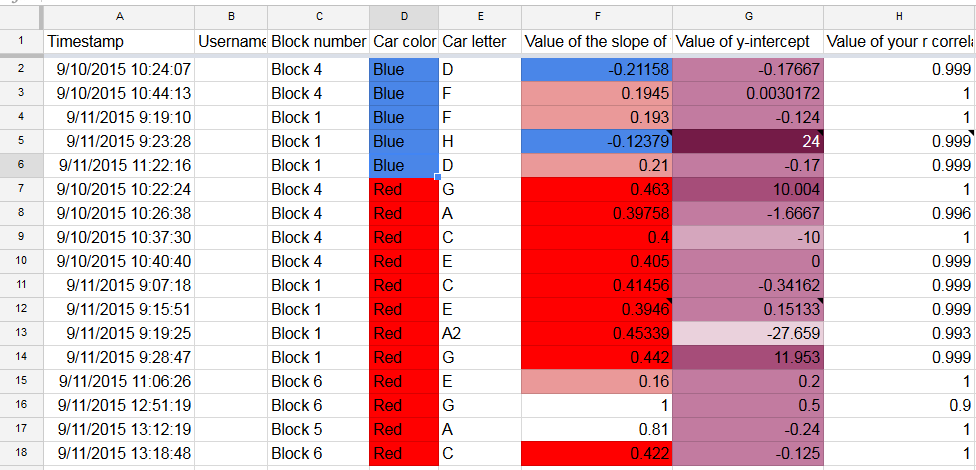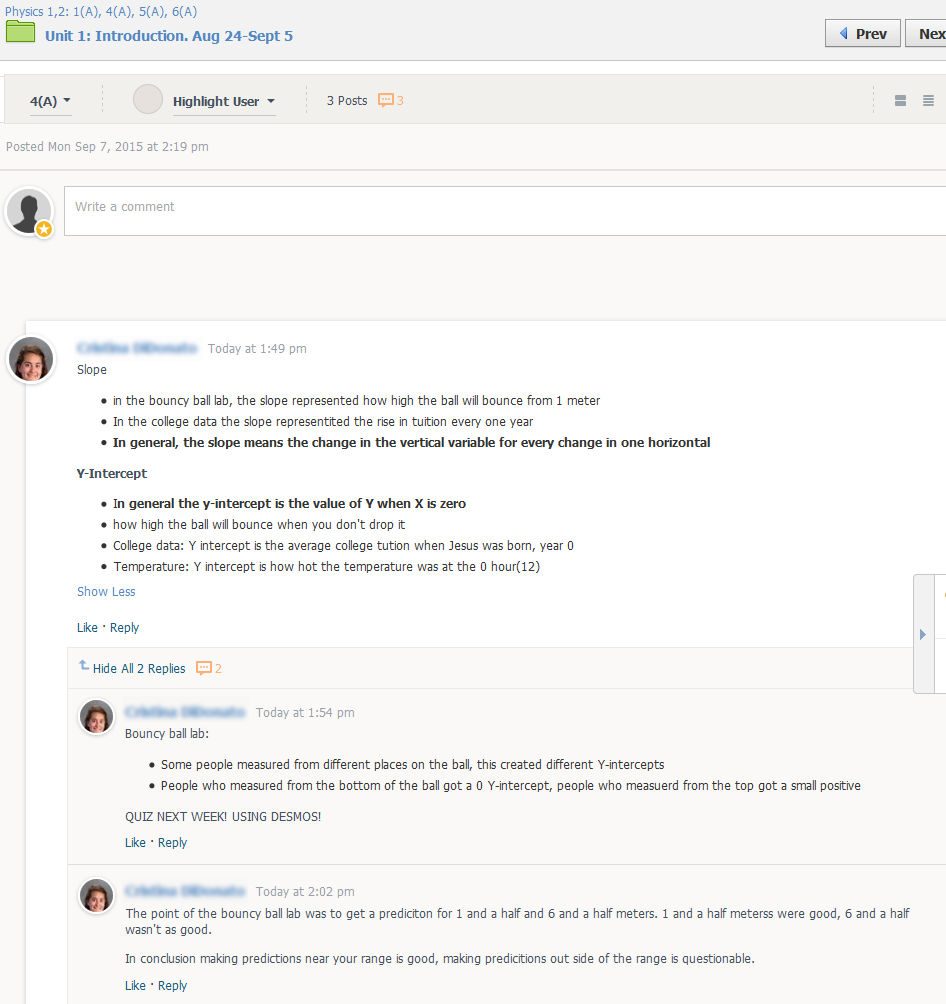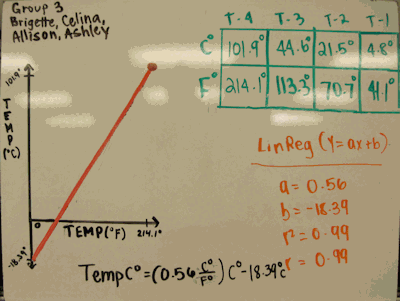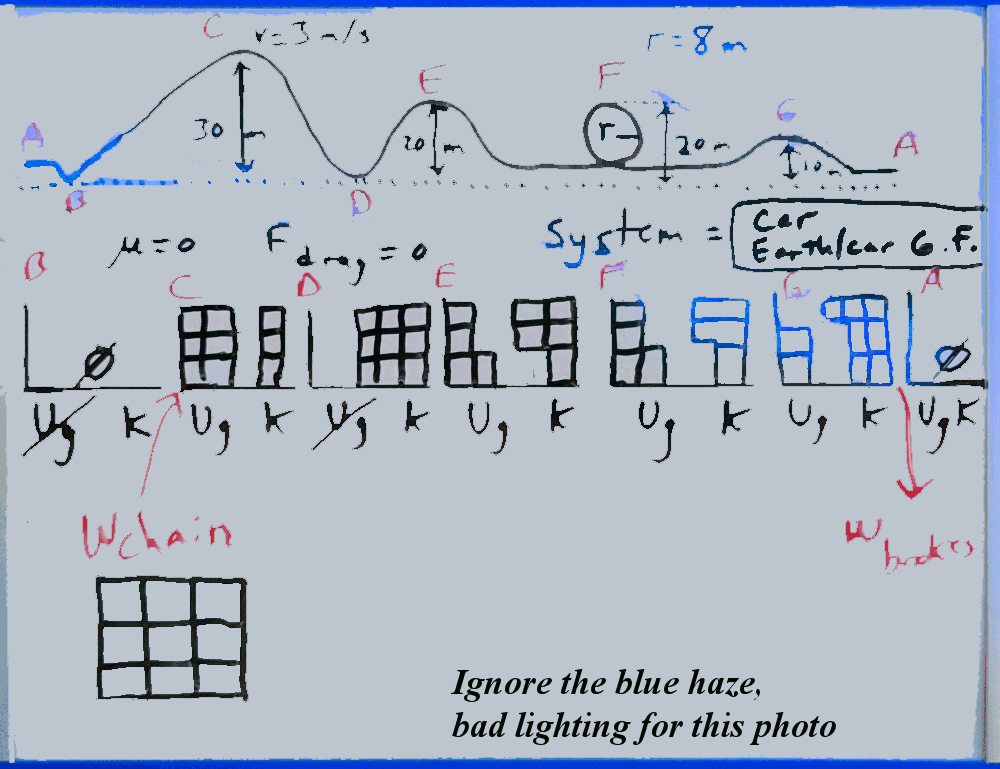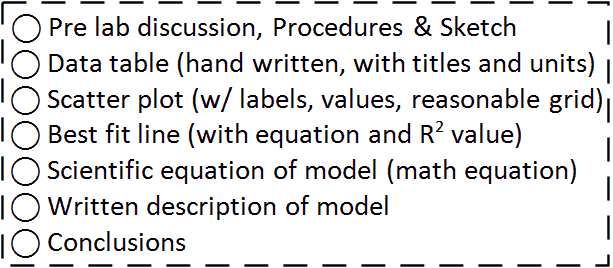Frictional force on a block on a ramp that has a wall holding it up
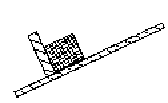
Today in class, students were asked to draw a force diagram for the drawing shown on the right. The drawing shows a block on a ramp with a “wall” holding it back. The question that we couldn’t answer easily is,
‘Does the friction between the ramp’s surface and the block need to be accounted for in the force diagram.’Then, we can take this a step further, and ask
‘Does the frictional force between the wall and the block decrease the normal force provided by the ramp?’We couldn’t decide, so this afternoon I created a quick test to see if I could answer it. Here is my experimental design:

I started with just the book on the metal ramp. I placed the book against the force sensor, then tapped a bunch on the ramp above the book. I then collected data for ten seconds and recorded the mean of the all the data collected. I repeated this three times. Here are the results:
- The ramp is 73º.
- Mass of book: 1.85 kg
Book on metal track
| Trial 1 | Trial 2 | Trial 3 | Average | |
|---|---|---|---|---|
| Mean | 4.370 | 5.001 | 5.275 | 4.882 |
| St Dev | 0.0773 | 0.0695 | 0.0410 |

Book on sandpaper on track
| Trial 1 | Trial 2 | Trial 3 | Average | |
|---|---|---|---|---|
| Mean | 2.541 | 2.821 | 2.796 | 2.719 |
| St Dev | 0.0306 | 0.0129 | 0.0073 |
Other results
I tried measuring the force of static friction between the book and the ramp when the ramp was horizontal. My results weren’t very consistent, but I got 3.06, 3.96, and 3.47.
Conclusion
The difference between the force exerted by the force sensor (acting as the “wall” in the problem) were significantly different when comparing the metal surface to sandpaper, and both are less than the “x component” of the force of gravity (“x” being parallel to the ramp), which should be 5.3 N:
So, while the problem may be assuming you can ignore the friction force between the ramp and the block, I conclude that this is not wise unless the problem specifically states to ignore friction.
Other thoughts
I noticed that on every trial, the value of the force decreased during the ten seconds I collected data (the LabQuest screen above shows negative numbers, so the force is getting less negative).
